Revitalization of Pepperell Mill spurs in-migration of young people
Biddeford is her new Brooklyn. Fashion designer and entrepreneur Roxi Suger says the former mill town's creative feel is why she and her family moved from New York in 2013. Angelrox, the women's and girls' brand she runs with her husband, has a flagship store on Alfred Street and its design and production headquarters at Pepperell Mill Campus.
“We liked the creative, gritty vibe, like Brooklyn was back in the day for young artists,” she says, surrounded by racks of clothes in muted colors and seamstresses hard at work. “Biddeford has that kind of potential.” Born in Oklahoma and raised in Alabama, she likes working in a repurposed textile mill. “To be a part of that coming back to life is an amazing joy,” she says.
Thanks in part to developer Doug Sanford, who has turned the former Pepperell Manufacturing Co. mill into a sprawling complex of apartments, commercial and retail space, Biddeford itself is coming back to life.
Situated on the Saco River, Biddeford, with population of 21,289, is shedding its industrial ghosts and emerging as a desirable alternative to both Portland and Portsmouth, with attractive and affordable real estate and an up-and-coming arts and dining scene. All that appeals to a younger demographic, putting its median age at 33.9 in the 2015 census, compared to 42.9 in Portland and 43.8 for the state.
'Biddesance'
Borrowing a term coined by the Portland Phoenix newspaper, city officials frequently refer to the urban revival as a “Biddesance.”
“The Biddeford that I knew was different in terms of the demographics and the industry that was here,” says Mayor Alan M. Casavant. “I grew up in the '60s and '70s when it was a mill town, and so all those mills across the street [from City Hall] were filled with workers and there was a vibrancy in the downtown, a lot of pedestrian traffic, all the storefronts were full … Then the '80s hit and there was a change because there was a recession and then the malls developed and the interest began to move outward.”
Today he sees the interest returning, both from people with local roots, like a former student of his who recently left Wall Street “to catch his breath,” and people from all over New England and elsewhere. “I taught for 35 years, you could see those bonds between families,” he says. “Now what we're seeing is new people, and a lot of those new people are drivers of some of the changes that we're seeing. They see the glass as half full, and they see opportunity they're seizing upon.”
The Mill District build-out has been good for the city, bringing in $54.4 million in private investment to date with another $77.5 million planned. Since 2008 alone, 400 jobs have been created in the Mill District, where 250 new residential units have gone up to be followed by another 230 still to be built.
Blazing a trail
Doug Sanford, who started buying and fixing up buildings in Biddeford in the early 1980s, bought Pepperell in two chunks, in 2004 and 2010.
Today, Pepperell Mill Campus is home to 120 businesses and 100 apartments, with more to come. “Space-wise it's probably one-third residential, two-thirds commercial — quite an interesting mix of different mixed uses,” says Scott Joslin, who has been with Pepperell Mill since 2008 and is chief operating officer. Though he finds the commercial side more interesting, he is surprised at its success. “We figured, you build apartments, you can rent apartments, it's old hat,” he says, “but we never thought that commercial would catch on like it has.”
The 16-acre site is made up of 16 brick buildings that feel like a city-within-a-city — without setting a foot outdoors, residents could easily walk from a modern loft apartment overlooking the Saco River falls to the Think Tank co-working space to Portland Pie Co. for a meal. Most buildings are connected by bridges, formerly to allow fork truck traffic to move goods to different processing areas — now they're pedestrian bridges for “great connections to all the mixed uses on campus,” Joslin says.
But Pepperell is still a work in progress, with a target finish date of 2021. About 750,000 square feet have been developed, with 350,000 square feet remaining to be built out as per a city-approved master plan for spaces including a hotel, an 86-unit apartment building, 72 senior housing units and more commercial space.
The next big development push is in Building 10, where space is being readied for a glassblowing operation, a seesaw production facility, and a small high-end brewery. “We're hitting home runs down here,” says Joslin.
Further along is a newly completed commercial kitchen for Portland's Eventide Oyster Co., due to be up and running in early April as it expands into Boston. “Why should they be paying $50 a square foot in Portland when they can get $9 a square foot here?” says Joslin, who calls the kitchen “our pride and joy.”
Saco & Biddeford Savings Institution, an early backer of Sanford's, feels the same about him.
“This is a continuing story that is going to get better in the years ahead,” said CEO Kevin P. Savage. “I grew up in this area and after Portland Pie Company opened (in 2014) for the first time I was driving down Alfred Street and saw the lights on in all the windows where there used to be a brick wall. Then to see 60 cars in the parking lot, it reminded me of downtown when I was growing up.”
The bank has not backed other mill developers, mainly to avoid being too heavily concentrated any one type of project, said Bob Quentin, the bank's president, CFO and treasurer. “To some extent that's on purpose, you don't want too many eggs all in the same basket,” he says. He added that the bank has seen growth in its business deposits over the last couple of years, “and no doubt some of that is because of the changing demographics in Biddeford.”
Taking out the trash
For a long time other developers stayed away, mainly because of a hulking, stinking, noisy trash incinerator the city bought in 2012 for $6.5 million and tore down a year later.
“It was the signal not only to the community, but to the business community, that things were going to change,” said Biddeford City Manager James A. Bennett, who grew up in Lisbon and has managed eight communities in the state from Dixfield to the much larger Lewiston. “It's probably as gutsy a political move as anything I've seen in the state during my 35 years in the business, and it absolutely — if you look at the numbers — is paying off and will continue to pay off multiple times.”
Among newer properties is The Lofts at Saco Falls, a residential complex developed by The Szanton Co. of Portland in a 19th century building where machines for weaving textiles were designed and built that had stood empty for years. All 80 units were snapped up within three months of opening, amid keen interest in 11-foot ceilings, off street parking and an on-site fitness center all included in the rent. The company also developed The Mill at Saco Falls in a repurposed 1845 mill adjacent to the Saco River falls, completed in 2010. Both properties are full and have waiting lists.
“I think there's just a pent-up demand for housing in urban areas,” says Szanton development officer Amy Cullen. “Prices are going through the roof in Portland, [but] in Biddeford you can still get a great apartment at an affordable rent.” Szanton doesn't do luxury housing, though. “I like to say we have a solid Ford or Chevy of the housing world: very nice, very serviceable, but we're not doing granite countertops or stainless steel appliances, so we don't get top-of-the-market rents in either location.”
Getting all the financing in place, was complex, including tax credits for affordable housing and the restoration of historic buildings, in a process principal Nathan S. Szanton likens to a layer cake.
His biggest partner in both projects was the nonprofit Northern New England Housing Investment Fund, which promotes housing and community development by providing equity capital, technical assistance and consulting to affordable housing developers in Maine and New Hampshire.
“We were skeptical, particularly on the first project, but they were convinced there was a market,” says the fund's president, Bill Shanahan. “We knew if someone was going to capture the market it was probably going to be them.”
Rising tide
Potential for further development in Biddeford is large, with some 465,000 square feet still vacant, or 29% of the total. And Joslin insists he and Sanford aren't concerned about growing competition from other developers. “On the contrary,” he says, “we see it as a 'rising tide' theory. All boats get floated. The demand for housing and commercial space is strong here.”

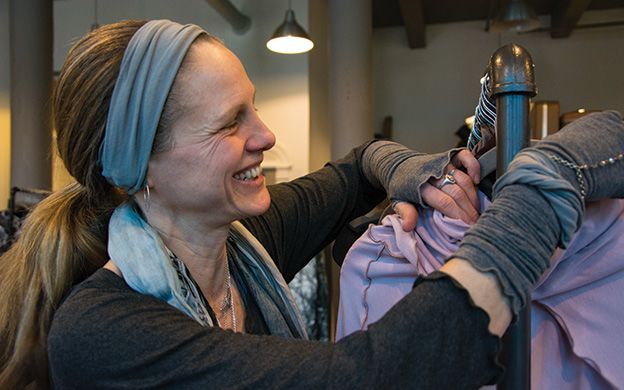
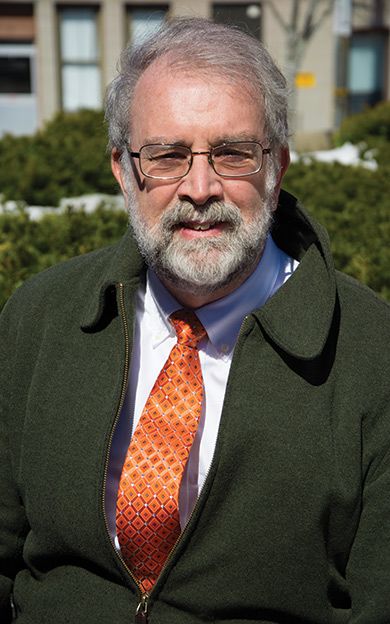
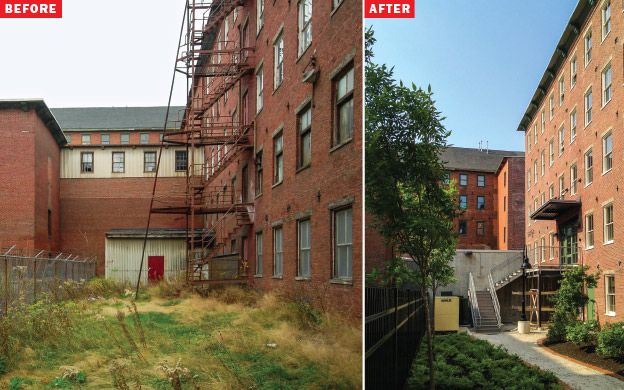
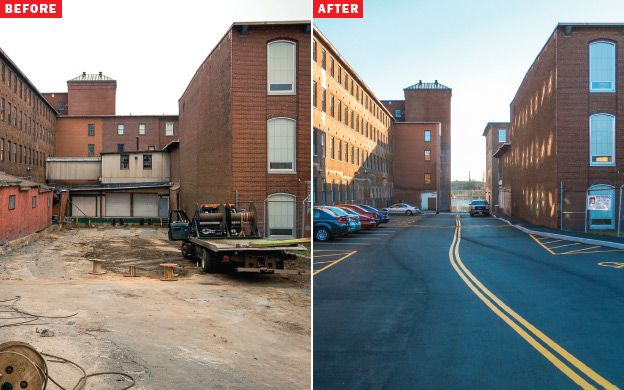

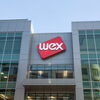
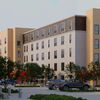
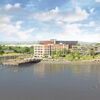






Comments